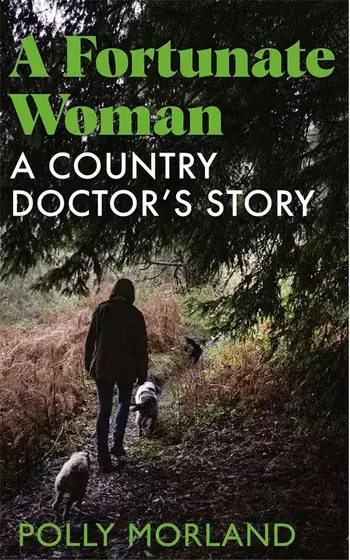 As the NHS marks it’s 75th birthday, it’s worth reflecting on several remarkable Forest books that give us an insight into the realities of the day-to-day frontline delivery of healthcare. They are portraits of that vital figure the General Practitioner, the doctor. Dr Bill Tandy and his family moved to the Forest of Dean in 1940, eight years before the formation of the NHS. He’d been living and working in India and was acquainted with several of those involved in the independence movement of the then British colony. Tandy’s book, ‘ Doctor in the Forest (1978) looked back on the early years of his practice in the Forest, describing pre-NHS doctoring, when sometimes a patient might only be able to pay ‘in kind’ – with produce form the garden or home-made wine – for a consultation. Tandy’s book is both humorous and anecdotal in parts, and his affection for both his patients – something reciprocated - and the Forest as a whole comes over clearly. Tandy’s book was in some respects a warm and welcome antidote to a more analytical and intellectual exploration of a doctor published a decade earlier. A Fortunate Man (1967) by author and critic John Berger with Swiss photographer Jean Mohr was part documentary, part novelistic portrayal of ‘Doctor John Sassall’, the thinly disguised real life Dr John Eskell, GP for St Briavels and district. The book sought to examine in detail the particular relationship between a rural doctor and his patients: distant in terms of professional status from his patients, yet intimately knowing of their bodies, their lives and the life of the village community. Critically acclaimed, it upset many local people because of Berger’s arguably ham-fisted attempts to describe the distinctiveness of the Forest and Foresters. Both A Fortunate Man and A Doctor in the Forest inspired follow-up books by different authors. In 2018 came Another Doctor in the Forest (2018) by local GP Dr Chris Nancollas, and in 2022 writer and documentary maker Polly Morland published A Fortunate Woman. Morland’s book, with photographs by Richard Baker is partly an homage to Berger’s work, inspired as she acknowledges by finding a copy fallen behind her parents’ bookshelves. Similar in structure, approach and psychological probing to the book that inspired it, the book brings us right up to date, its female covering Eskell’s old patch as the COVID pandemic takes hold. Whilst Morland’s contemporary prose is both refreshing and enlightening, all of the books discussed make for a rewarding read, and all paint a picture of that part of the NHS most of us are familiar with.
0 Comments
Leave a Reply. |
Archives
June 2024
|




 RSS Feed
RSS Feed


